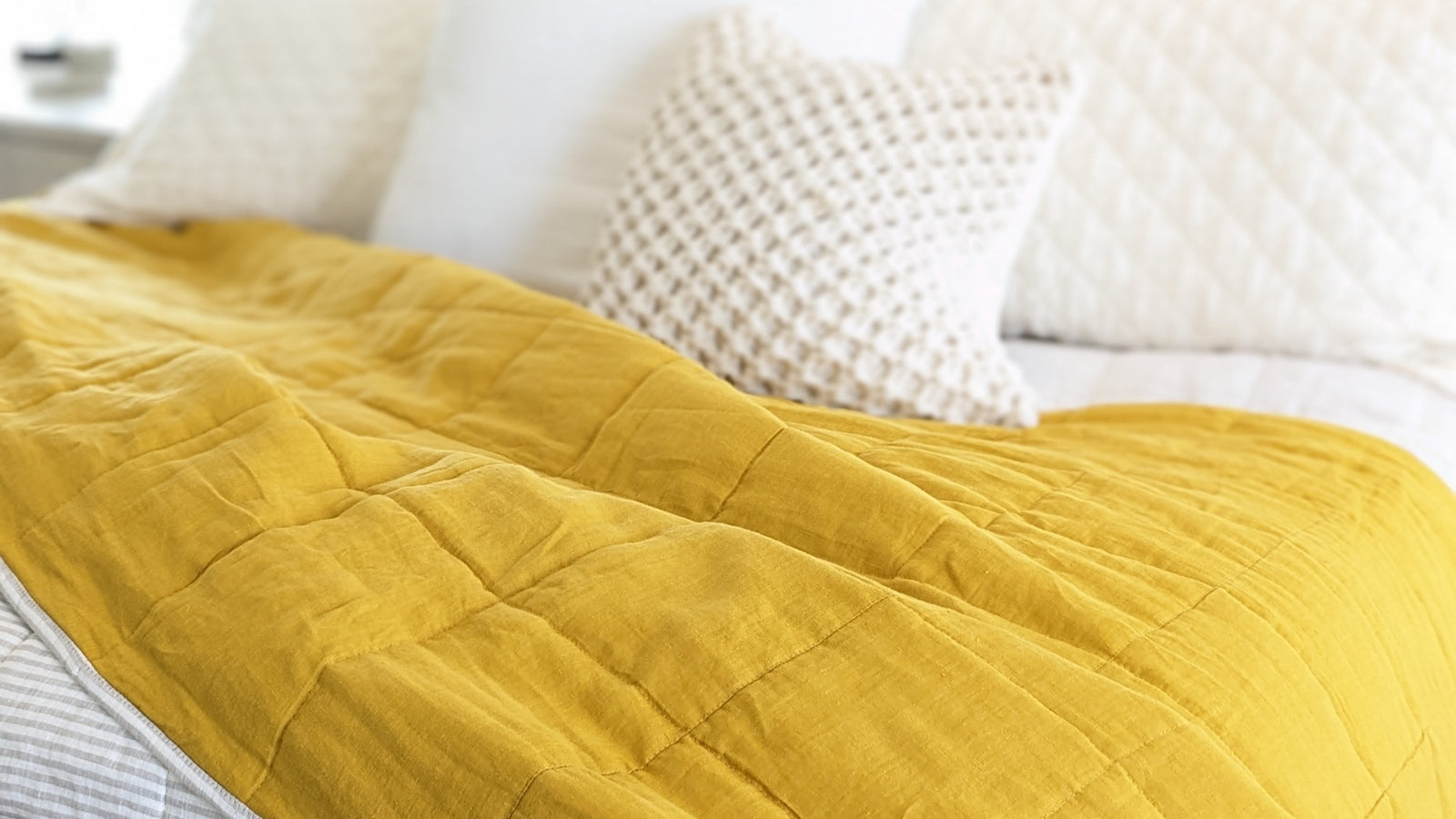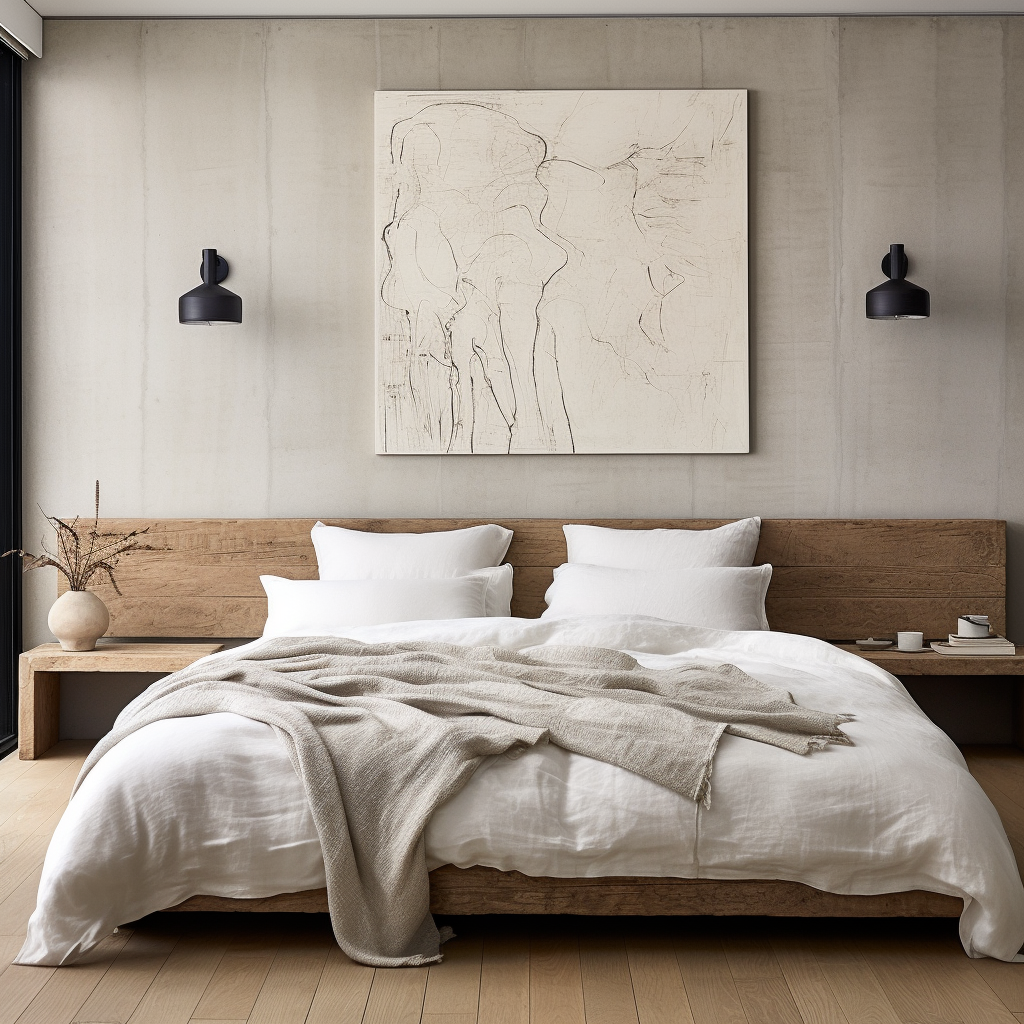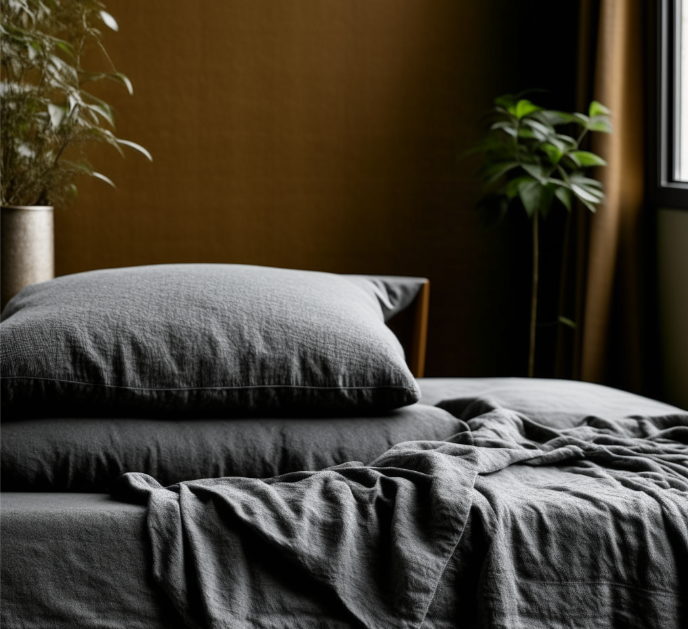All About Linen

The History Of Linen
Linen has a romantic and rich history that dates back almost 10,000 years ago. Historically, it was a clothing staple. When cotton and other textiles began to be easier to mass produce, linen began to be known as a luxurious and expensive item because of its tedious process.
How It Is Made
Linen is made from fibers of the flax plant. The flax plant takes about 100 days to grow and is very sensitive to extreme environments. It must be pulled straight from the soil and undergoes processes known as retting, breaking, combing, spinning, reeling, and drying. Linen is a sustainable fiber because little to no waste is leftover from the spinning and weaving process.
The Benefits
Linen has many amazing benefits and characteristics. It is excellent for those with sensitive skin and allergies because it is hypoallergenic, moth-resistant, antimicrobial, antiviral, smell-resistant, organic, naturally insect-repelling, and anti-dust. It's excellent for hot sleepers because it is breathable and lightweight. Linen has naturally thermoregulating properties and is able to wick away moisture. This makes it an amazing choice for keeping you warm in the winter and cool in the summer.
Why Opt For Linen
Linen is an excellent choice for bedding, clothing, dining, and other home textiles because it gets softer with every wash and ages beautifully. It will last three times longer than cotton. With its unique texture and timeless appeal, linen is an excellent option for your home.






